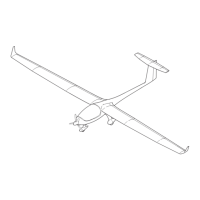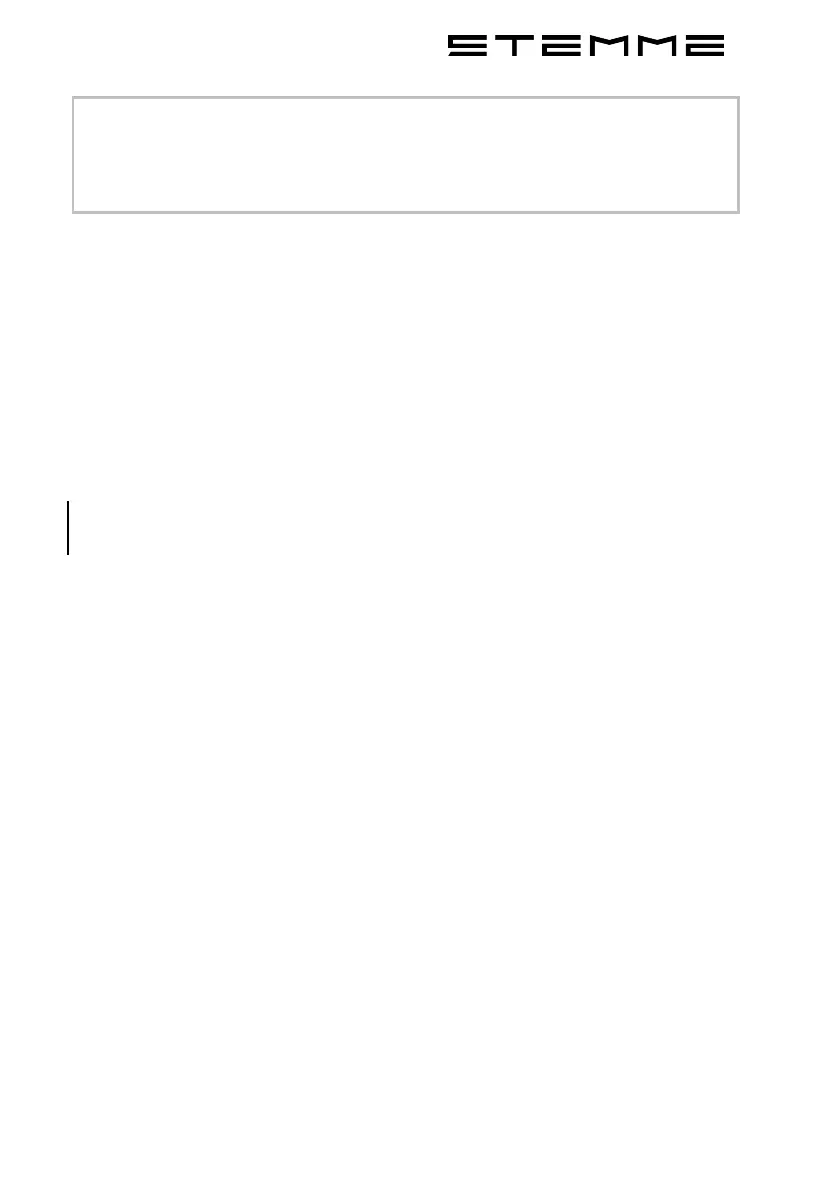FLIGHT MANUAL TSA-M, VARIANT S6
Doc.-No.: P400-006.000 E Page: 7-34 Revision: 1
Date of Issue: 07. October 2008 Date of Rev.: 28.01.2011
Caution: Keep the aircraft leveled during fueling! Also, do NOT fill the
tanks to the top-edge in warm weather-conditions (keep in
mind the thermal-expansion of the fuel). Else fuel might leak
through the fuel-tank-vents.
The fuel-tank-vents end at the wing-joints between the inner-wing and outer-
wings. The fuel-filler-necks are located at the upper outer side of the inner-
wings.
7.12.2 Control-Elements and Gauges in the Cockpit
The following control-elements and gauges are located in the cockpit:
• Fuel-Shut-Off-Valve
on the rear center-console near the head of the
pilot, separates the engine from the fuel-supply
• Fuel-Transfer-Pump-
Switch
at the switch-panel of the instrument-panel,
settings „ON“ and „OFF“
• Low-Fuel-Caution-Light
(yellow)
Indication-light for remaining fuel less than 1.3-
1.9 US gal / 5-7 l in feeder-compartment
• Indication-Light of
Auxiliary-Fuel-Pump
(green)
Status-indicator, is goes ON if the auxiliary-
fuel-pump(s) are running
• Fuel-Gauge right and
left (optional)
On the instrument-panel,
fuel in the left and right integral-tanks
• Fuel-Flow-Gauge
(optional)
On the instrument-
fuel-flow to the engine
7.12.3 Circuit-Logic and Operation of the Fuel-Pumps
During normal operations, only the main-fuel-pump and the fuel-circulation-
pump for the feeder compartment of the right tank are running. The auxiliary-
fuel-pump is not running in this case. They are supplied by the electric circuit of
the internal-generator (internal-generator or main-battery). To operate the
pumps, the master-switch and the engine-bus must be turned ON.
If the Aux.-Pump-switch is ON, for example during T/O and landing, then the
auxiliary-fuel-pump is also running.

